In no time you will be picking fresh vegetables and herbs from your gardens. But before you get to enjoy the harvested veggies, you need to prepare your gardens for the upcoming season.
Make use of these gardening tips and get a headstart on the spring season.
1. Clean Up Your Gardens

Tidying up your gardens is the first step on the journey of preparing your gardens for the spring season. Clean up the old plants and prepare a clean spot for your plants to grow. One of the easiest and rewarding ways to do this is by hand weeding. Make sure to clear all the unwanted plants currently thriving in your gardens.
2. Prepare The Soil

The next and one of the most important steps to prepare your garden for the spring season is to prepare your soil and re-energize it. If the soil is compacted, you can till it using a shovel. Pick extra rocks and loosen the crumbly soil. You can plant the ready seedlings or seeds once the topsoil feels warm enough to touch in the spring season. Check the quality of the soil and add the necessary material to increase its fertility.
Learn how to check & improve the soil quality for your spring gardens.
3. Set Up New Garden Beds

In addition to preparing your gardens for the new season, start setting up new garden beds and planters. Devote some time to build new garden beds or cleaning up the old ones for equipping the new plants. Raised beds are ideal for small gardens, spot a place where your plants will receive ample sunlight and start building. You can even use containers for your plants and place them in your gardens. Here’s all you need to know about container gardening - Container Gardening - How to start today.
4. Fertilize The Soil

Add organic material to your soil optimum enough to match the needs of the seeds that you’re planning to grow. For light feeders such as lettuce, you can add small amounts of organic fertilizers. However, if you plan to grow heavy feeders such as cabbage, tomatoes, brinjal, etc, be laborious with the amount of organic compost to be added to the soil. Read to learn how to prepare organic fertilizers at home.
5. Know What Seeds To Sow

The success of a plant’s growth depends on various factors like temperature, sunlight requirements, etc. Therefore, picking the right seeds to grow is essential. You can start by growing Brinjal, Cucumber, Bottle Gourd, etc. These plants will thrive well in the upcoming season.
Read Best Summer Vegetables To Grow and make the right choice.
6. Adding Mulch

Add mulch in your garden to beat the growth of weeds. Wherever you can, keep applying mulch around your plants. Be mindful of your mulch placement as it can bury your seeds and prevent them from growing. You can avoid this easily, by growing your seedlings indoors and then move them to their final spot. Learn more about mulching your gardens with the help of the Mulching Guide.
7. Keep The Pests Away

After taking care of the weeds, you will need to keep an eye out for the pests that may feed on your seedlings and prevent them from growing. Pests will feast on your plants and hinder the growth. Prepare natural pest repellents for your plants and spray it occasionally to prevent these little beasts from entering your garden.
8. Gather Your Gardening Tools

Lastly, gather all your basic gardening tools such as pruning scissors, spade, trowel, hose (pipe) and gardening knife. These basic tools will cover all your gardening needs and make your gardening journey seamless.
9. Maintenance

Gardening is like a long-term relationship with your plants. Once committed, you can’t step away from your responsibilities. Your garden will require continuous watering, harvesting, weeding and more. When you will care for your garden, it will give you back in abundance.
Work your way through this checklist and get started on your spring garden. Buy high-quality GMO-free seeds from AllThatGrows today.


 Sign In
Sign In



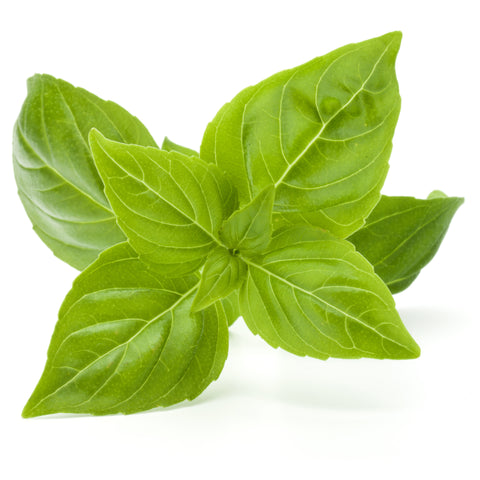
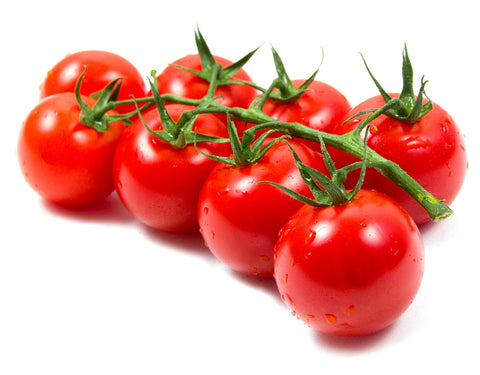
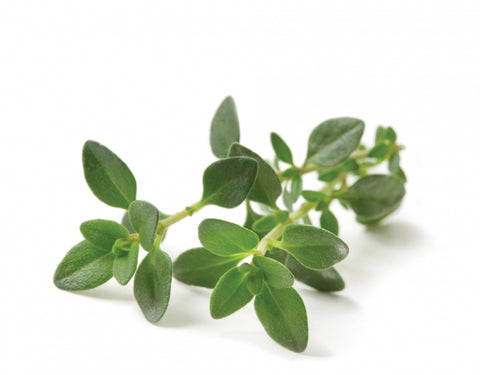

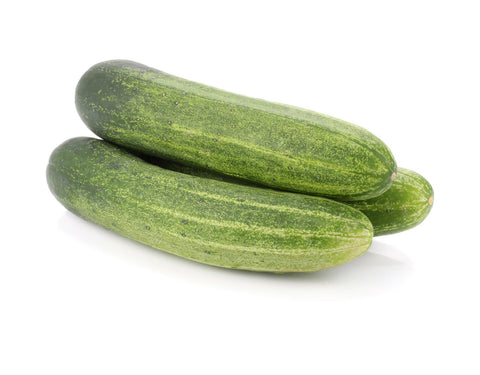
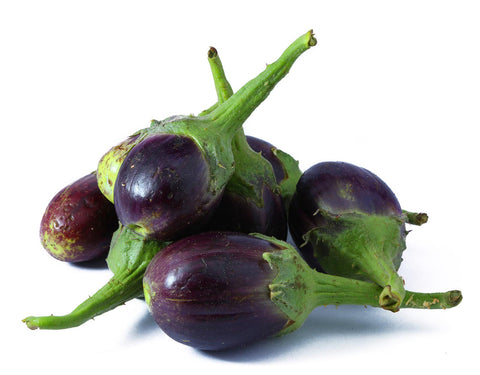
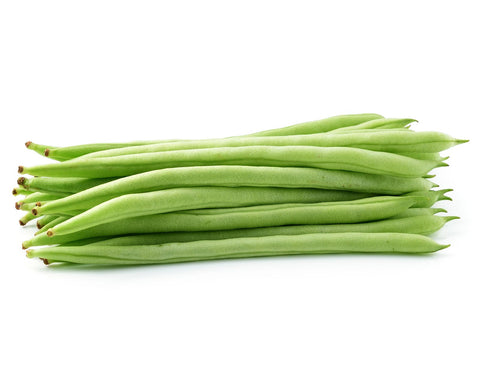








Let us know your feedback
* Comments must be approved before being displayed.